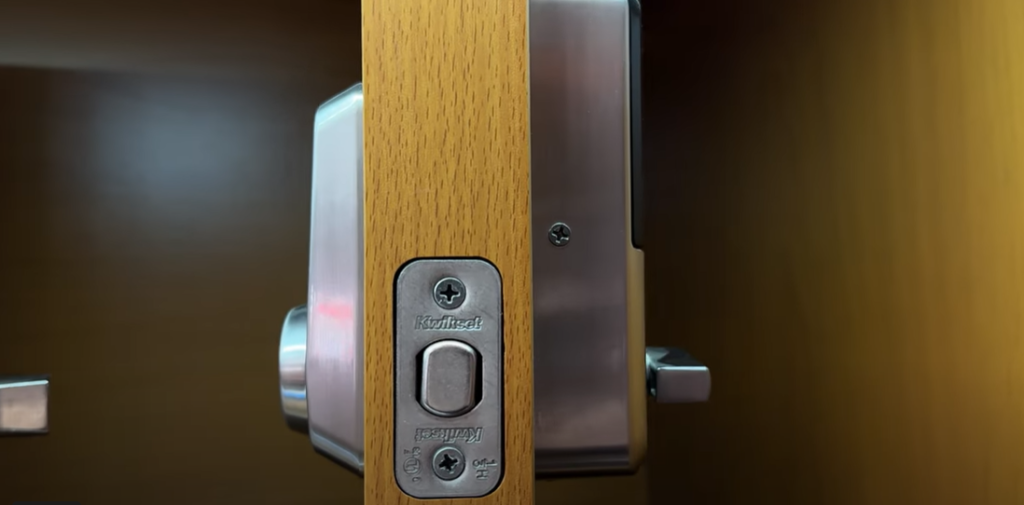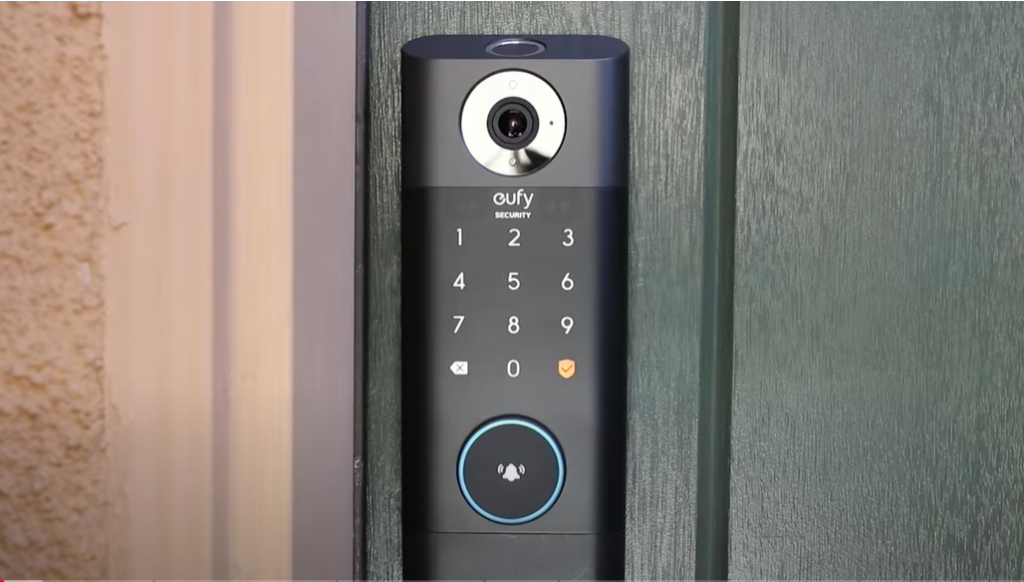What Are The 4 Major Lock Categories?
Locks have been in use for thousands of years, and they have undergone numerous changes and improvements over time. Nowadays, we have many different types of locks to choose from, each designed to meet specific security needs. However, despite the wide variety of locks available, they can all be classified into four main categories. In this article, we will discuss the four major lock categories and their unique features.
- Mechanical Locks
Mechanical locks are the oldest and most traditional types of locks that have been in use for centuries. They are made up of physical components such as tumblers, pins, and springs that work together to lock and unlock the mechanism. The most common example of a mechanical lock is the padlock, which can be attached to a chain, door, or other objects. A padlock typically requires a key to unlock it, but some models can be opened with a combination code.
Another popular mechanical lock is the deadbolt, which is often used in residential and commercial settings. Deadbolts come in two types: single cylinder and double cylinder. A single-cylinder deadbolt requires a key to unlock it from the outside, while the inside can be unlocked with a thumb turn. A double cylinder deadbolt requires a key to unlock it from both sides, which can be a safety issue in the event of an emergency.
One of the main advantages of mechanical locks is that they do not require any external power source, which makes them reliable and easy to maintain. However, they can be vulnerable to picking and bumping, and they do not offer any remote control features.
- Electronic Locks
Electronic locks are a newer type of lock that has gained popularity in recent years. They are designed to provide advanced security features such as keyless entry, remote control, and real-time monitoring. Electronic locks use various technologies such as radio frequency identification (RFID), biometric verification, and Bluetooth connectivity to authenticate users and control access.
One of the most common electronic locks is the keypad lock, which requires users to enter a code to unlock it. Another popular type is the smart lock, which can be controlled through a mobile app or a smart home system. Smart locks often come with features such as voice control, geofencing, and temporary access codes.
Electronic locks offer several advantages over mechanical locks, including enhanced security, convenience, and flexibility. They can be customized to suit different needs and can be integrated with other smart devices for a complete home automation solution. However, they can be vulnerable to hacking and power outages, which can compromise their functionality.
- Combination Locks
Combination locks are a type of mechanical lock that uses a series of numbers or symbols to unlock it. They are often used in settings where multiple users need access to the same space, such as lockers, safes, and luggage. Combination locks come in various configurations, including dial, push-button, and rotating disc.
One of the main advantages of combination locks is that they do not require a key, which makes them more convenient to use and eliminates the risk of losing a key. They can also be more secure than traditional key locks since they are not vulnerable to picking or bumping.
However, combination locks can be vulnerable to guessing or cracking, especially if the code is easy to predict or has been used for an extended period. Combination locks also require users to memorize the code, which can be challenging for some people.
- Cam Locks
Cam locks are a type of mechanical lock that is commonly used in cabinets, drawers, and furniture. They consist of a metal cylinder that rotates to lock and unlock the mechanism. Cam locks can be operated with a key or a combination code and are available in various sizes and shapes to suit different applications.
One of the main advantages of cam locks is their versatility and ease of installation. They can be easily installed by drilling a hole in the cabinet or drawer and inserting the lock. Cam locks can also be rekeyed or replaced if the key is lost or compromised, which makes them a popular choice in commercial settings.
However, cam locks can be vulnerable to picking and drilling, which can compromise their security. They also offer limited access control features and are not suitable for high-security applications.
In conclusion, locks are essential tools for securing our homes, businesses, and personal belongings. The four major lock categories are mechanical locks, electronic locks, combination locks, and cam locks. Each category has its unique features, advantages, and limitations, and the choice of lock will depend on the specific security needs and preferences of the user. It is important to select a lock that provides adequate security and ease of use while also taking into consideration the budget and maintenance requirements. By understanding the different types of locks available, we can make informed decisions to protect our valuables and ensure peace of mind.


